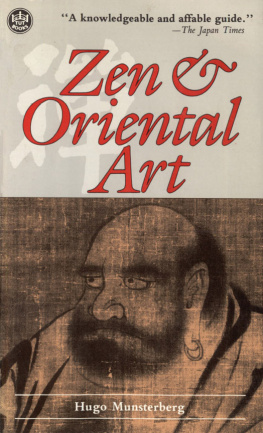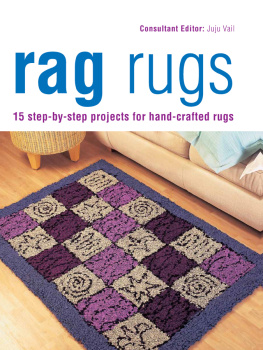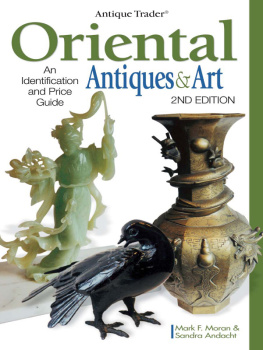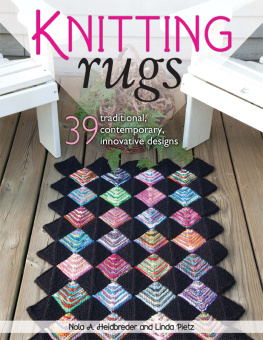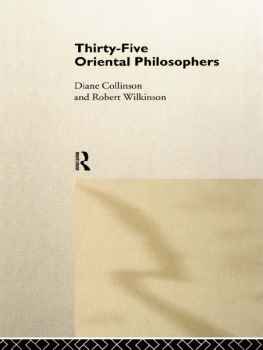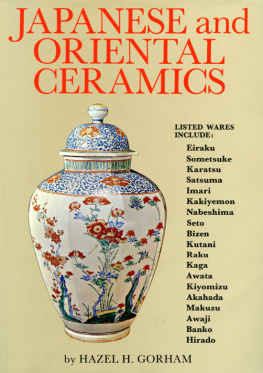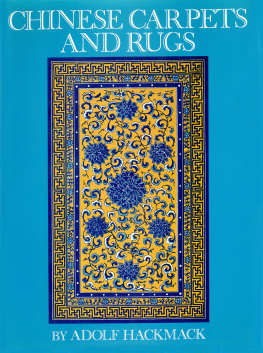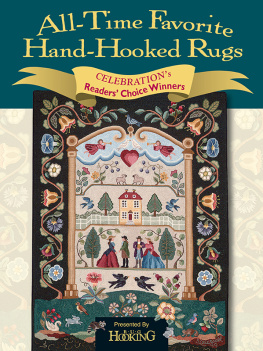

A
aba (Arabic). A striped fabric or a sleeveless, loose outer garment. Also, a heavy wool cloth.
Abadah. See Abdeh.
Abdeh, Abadah. A town in southwestern Iran on the highway be tween Isfahan and Shiraz. Some rugs woven in this town have designs similar to Persian city rugs. Others copy local tribal rugs. Knot density is about 80 to 160 symmetric knots per square inch on a cotton foundation. Wefts are sometimes dyed blue. See Iran.
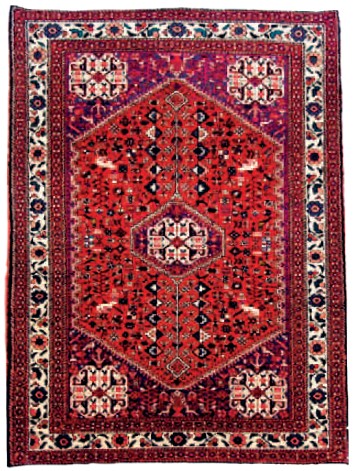
Abdeh carpet Dilmaghani & Co.
Abbas I, Shah. Abbas I, called the Great, shah of Persia, reigned from 1587 to 1629. In wars with the Uzbeks, Ottoman Turks, and Portuguese, he consolidated the dominion of Persia from the Tigris to the Indus. His reign was distinguished by a magnificent court, the construction of mosques and public buildings, and a great expansion of commerce. He established workshops which produced carpets for his palaces and for state gifts. Approximately 300 silk carpets woven during or shortly after his reign have survived. Most of these silk carpets have been attributed to Isfahan and Kashan. See Iran, Polonaise carpets, and Vase carpets.
Abbasid caliphate. Caliphs ruling at Baghdad from 750 to 1258 C. E. who claimed descent from Abbas, uncle of Muhammad.
Abkhazia. An area of the northwestern Caucasus inhabited by the Abkhaz, a sub-group of the Circassians. They are Sunni Muslims and may have been a very minor source of nineteenth-century Caucasian pile rugs. See Caucasus.
abr (Persian). Sky-blue, cloud. Also, Persian for ikat fabrics. See ikat.
abrash (Arabic, dappled, piebald). A change in color in the field and border of pile rugs due to differences in wool or dye batches. Abrash may develop as different dye batches in a rug fade at different rates. The color change extends across the rug, weft-wise. Abrash is more likely to occur at the top of a rug than at the bottom, as beginning yarn batches are used up. Abrash is sometimes imitated in new commercial production of hand-knotted and power-loomed rugs.
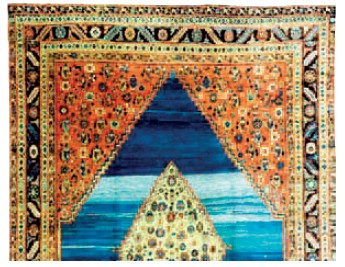
Abrash in a Bakshaish rug (detail) Alberto Levi
abrisham, abrishom (Persian). Silk.
Abruzzi. A district of central Italy. From the seventeenth century, Abruzzi has been the source of flatwoven furniture covers and hand-knotted rugs. These are woven on narrow looms. Designs are usually geometricized floral, animal, or heraldic motifs. See Italy.
acanthus. A plant of the Mediterranean area having toothed leaves, Acanthus spinosus, Acanthus mollis. Stylized representations of the acanthus leaf are familiar as architectural ornamentation and have been recognized in some oriental rug designs. Acanthus leaves are a common motif in Savonnerie rugs.
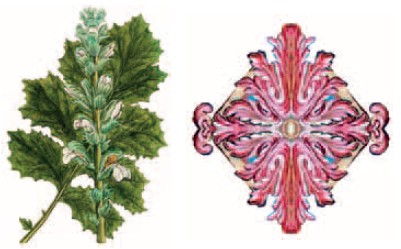
Acanthus leaves Savonnerie rug (detail)
accessory fabric. A fabric superimposed (appliqu or quilted), inlaid, or seamed to a ground fabric.
accessory objects. Non-fabric objects attached to a fabric. In tribal weavings, such accessory objects as beads, sea shells, bells, bones, feathers, buttons, or coins are sometimes attached to the fabric as non-functional decorative or shamanistic additions.
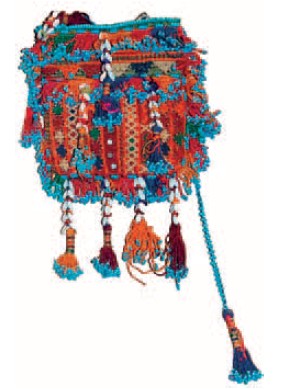
Uzbek bag with accessory objects R. John Howe
accessory stitches. Functional or decorative stitches in a fabric that include flat stitches, looped stitches, and knot stitches.
acrylic. A synthetic fiber of acrylonitrile. Acrylic may be dyed before extrusion as filaments to be spun. When dyed in this manner, acrylic is very color-fast. It is static-free and stain resistant. Acrylic is used as a substitute for wool, but is not resistant to crushing.
Achaemenian dynasty. Rulers of ancient Persia from about 550 B.C.E. to 331 B.C.E. Certain designs in the Pazyryk carpet are very similar to decorative motifs used in Achaemenian architecture. See Pazyryk carpet.
acid dyes. Dyes derived from coal tar through the action of nitric acid. They produce bright colors in animal fibers. They are soluble in water and must be used in an acid solution. The first such dye was Bismarck brown developed in 1862. See basic dyes and dye, synthetic.
A.C.O.R., American Conference on Oriental Rugs. An association of approximately 25 local rug societies. Its goal has been to present a national oriental rug conference every two years. These conferences have included seminars, exhibitions, and sales of rugs of interest to collectors.
A.D. (Latin Anno Domini , In the year of our Lord). The year counted from the time of Christ, a system of date designation generally used by western countries. See A.H., C.E., Islamic dates, and Gregorian date.
Ada-Milas. The peninsula south of Milas in southwestern Anatolia. The area is a source of prayer rugs and rugs with a narrow, vertical, central panel containing a highly abstract tree-of-life design. The field is filled with repeated geometric figures in brownish red.
Adam. A style of architectural and interior decoration in vogue from about 1765 through 1790. The Adam brothers were architects in England whose decorative style consisted of motifs drawn from Roman, Pompiian, and Etruscan work. Ovals, octagons, fans, wreaths, garlands, and medallion shapes were common features of their decoration. Rugs were made to the designs of the Adam brothers in Moorfields, England. Often these rug designs reflected the paneled relief ceilings of the rooms in which the rugs were to be used. Colors were gray, light blue, and jasper. See Moorfields.
Adana. A town of south central Anatolia, and a source of multi-panel kilims. Adana is a trading center for rugs. See Turkey.
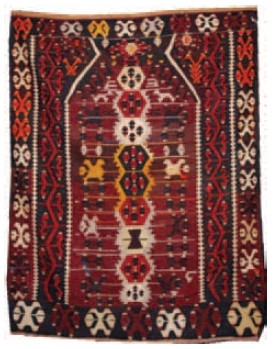
Adana kilim Simon Knight
Adyaman. A city of eastern Anatolia and a source of tls and Kurdish rugs. See Turkey.
Adler Kazak. See Chelaberd.
Admiral carpets. Carpets of fifteenth-century Spain with armori al bearings of the hereditary admiral of Castile. Many of these carpets bear the arms of the Enriquez family. The field is a lattice of octagons containing geometricized blossoms, with a few containing geometricized birds or animals. Heraldic shields are arranged on this field. These rugs are all wool with the Spanish knot. See Spain and Williams Admiral Carpet.
Adraskand. A town of western Afghanistan, south of Herat, in a district that is a source for kilims and pile rugs woven by Pashtun and Baluchi peoples. See Afghanistan.
Afghan. A trade term for certain Turkmen carpets of the Ersari tribe. These are main carpets, coarsely woven, with the gulli gul design and are about 8 feet by 10 feet. Also, a woven or knitted coverlet (general usage). A native of Afghanistan. See Ersari.
Afghanistan. A country of Central Asia bordered by Iran, Turkmenistan, Uzbekistan, Tajikistan, China, and Pakistan. About 75 percent of the population is Sunni Muslim. Rugs are woven by native Afghans (Pashtun) and by Turkmen tribes, most of whom migrated to Afghanistan in the 1920s. These tribes include Ersari, Tekke, Yomud, and Sariq. There is some rug production from Baluchi and Uzbek peoples in Afghanistan. Pile rug production consists largely of pieces with traditional Turkmen guls and geometric designs in shades of red. A wide variety of flatweaves is produced along with bags, animal trappings, and other special-function tribal weavings.
Next page

